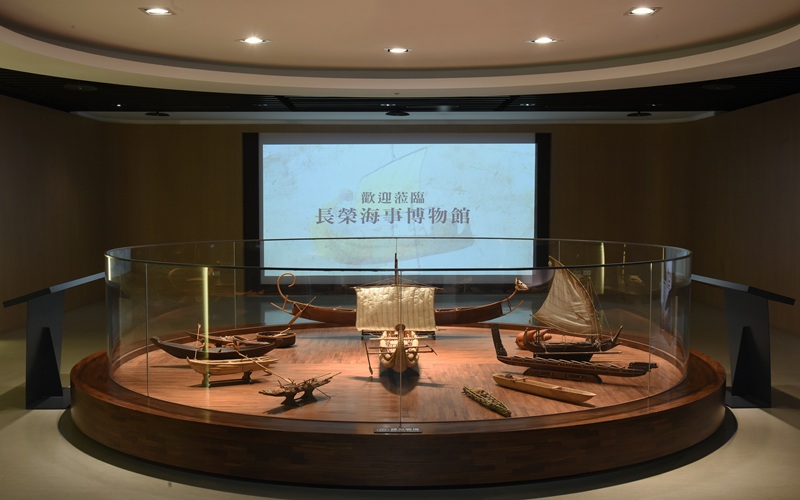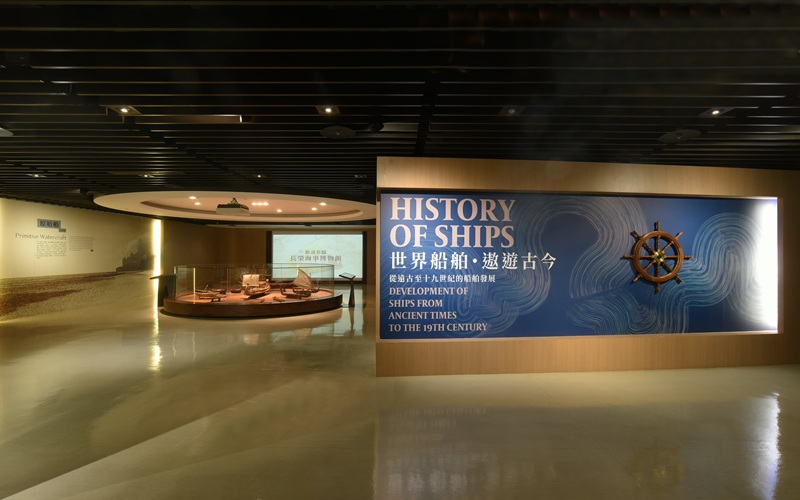Permanent Exhibitions
This gallery showcases the history of ships from ancient times until the 19th century. It includes models of dug-out canoes, primitive sailing vessels, majestic European sailing ships, and early steam-drive ships.
Recommended
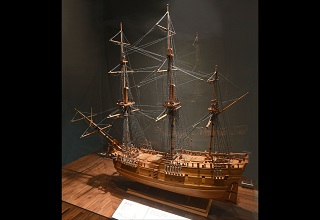 Captain James Cook’s Voyages to the Pacific
Captain James Cook’s Voyages to the Pacific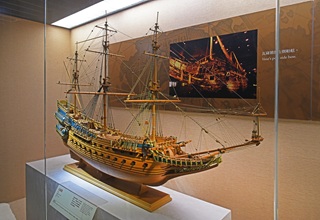 Swedish Warship Vasa
Swedish Warship Vasa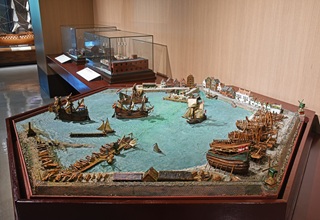 When the West Met the East, International Trade and The Netherlands in 17th Century
When the West Met the East, International Trade and The Netherlands in 17th Century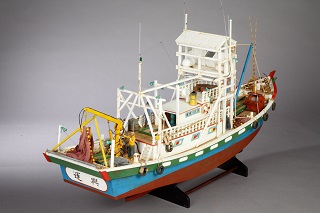 Mullet boat
Mullet boat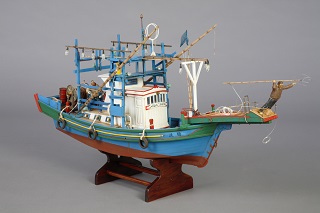 Spearfishing Boats
Spearfishing Boats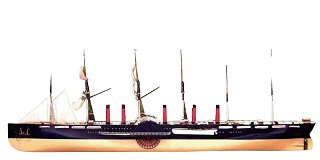 SS Great Eastern
SS Great Eastern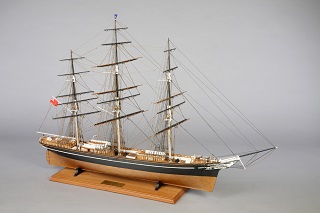 The Witch of The Sea: Cutty Sark
The Witch of The Sea: Cutty Sark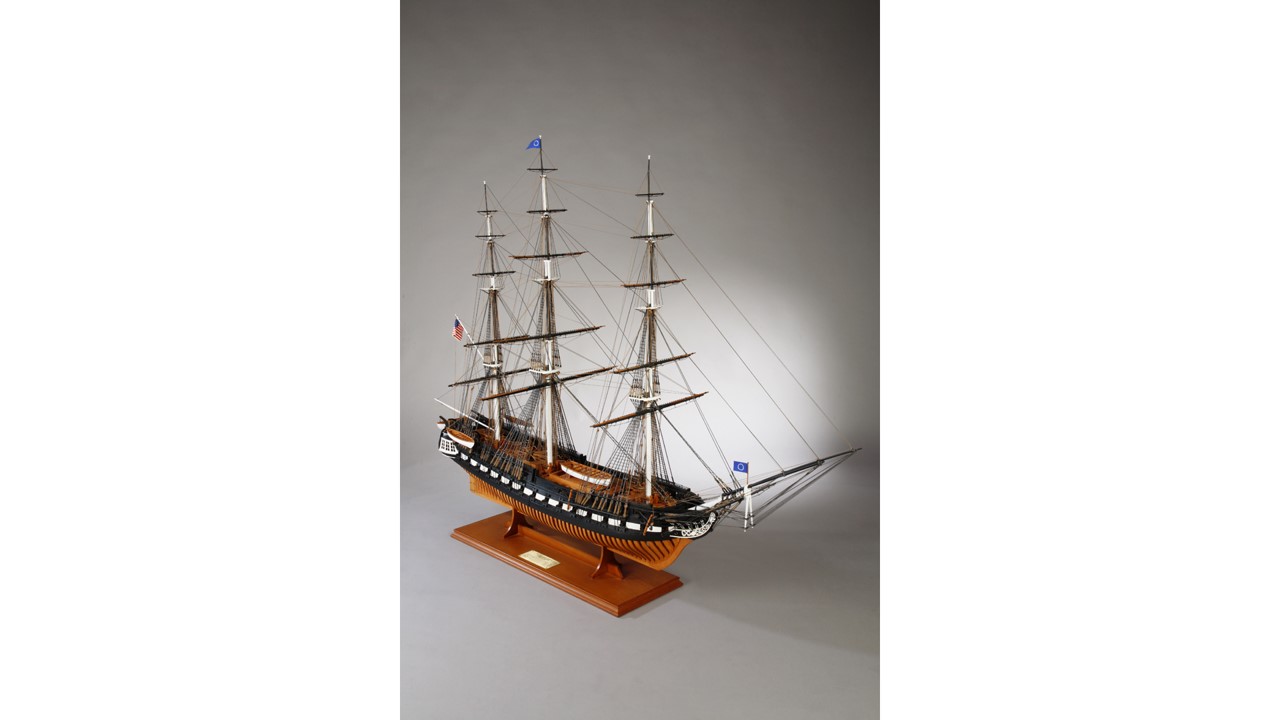 USS Constitution Celebrates 228 Years Afloat
USS Constitution Celebrates 228 Years Afloat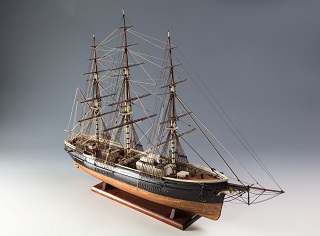 The Flying Cloud : A Clipper that Held The World Speed Record For 135 Years
The Flying Cloud : A Clipper that Held The World Speed Record For 135 Years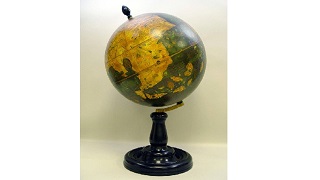 The Nuremberg Globe
The Nuremberg Globe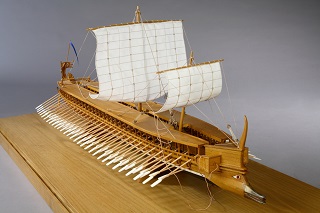 Galleys: Warships of the Ancient Mediterranean
Galleys: Warships of the Ancient Mediterranean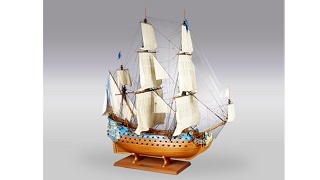 Louis XIV's Flagship: Le Soleil Royal
Louis XIV's Flagship: Le Soleil Royal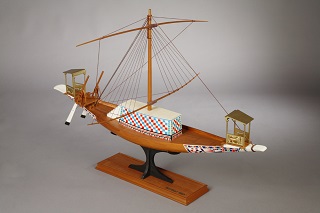 An Ancient Egyptian Trading Ship
An Ancient Egyptian Trading Ship
Primitive Boats
As a gateway to the museum, twelve primitive boats are displayed to start the area’s presentation of the development of vessels. In ancient times, people made boats to fish, cross bodies of water and transport goods. People often use easily found materials like wood, bamboo, straw and animal skin that are hollowed out or tied, woven or sewn together. Such locally and basically constructed, age-old forms of vessels are referred to as primitive boats. Being practical and simple to build, they are still in use in many places today.
Sailing Ships
Before the appearance of engine-powered ships, men have sailed in wind-propelled vessels for thousands of years. Many types of sailing ships have been developed in the West, ranging from small to large in size, having one or several masts, a square rig or a fore-and-aft rig. The advancement of Western sailing ships allowed people to move from inland and coastal waters to the open oceans. In 16th-century during the Age of Discovery, explorers voyaged to distant parts of the world, linking the East and West through trading. The models displayed in this area are mostly of 15th-19th century European and American sailing ships, including the Koch, caravel, carrack, barque, clipper and schooner.
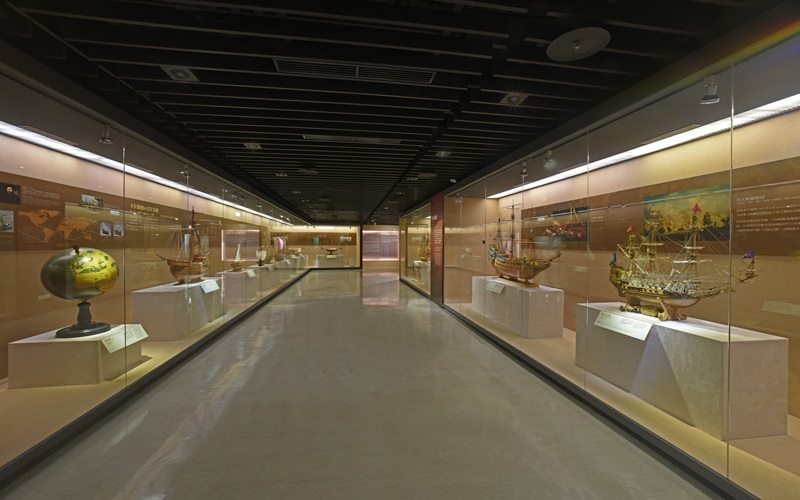
The Development of Mechanical Propulsion in Ships
After James Watt (1736-1819) invented steam engine, it was widely adopted as the main source of power for factories. In 1807, Robert Fulton successfully utilized the steam engine for ship propulsion, ushering in the emergence of commercial steamboats.
By mid-19th century, steamboats gradually supplanted sailing ships as the mainstream vessel, though sails are stilled needed to be equipped on ships. It wasn’t until the beginning of the 20th century, with the invention of steam turbine engine that steamboats finally took the center stage. Furthermore, the introduction of diesel engine significantly enhanced the efficiency of steamboats, maintaining its status as the primary power source for large vessels up to present day.
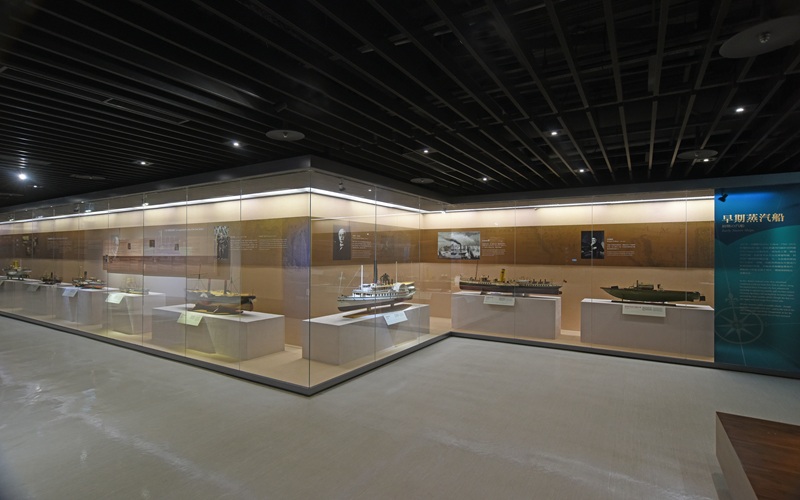
Chinese Ships
The remarkable achievement of the ancient Chinese in overseas trading is inseparable from the fact that they had exceptionally strong ships. Chinese sailing ships can be roughly divided into two types: the keeled Fujian ship (Fu-chuan)and the keelless junk (Sha-chuan). Fu-chuan has a pointed bow and pointed stern along with deep draught. On the other hand, the Sha-chuan has a square bow and shallow draught. Both were suitable for ocean-going, but the Fu-chuan was more popular for having better functions.
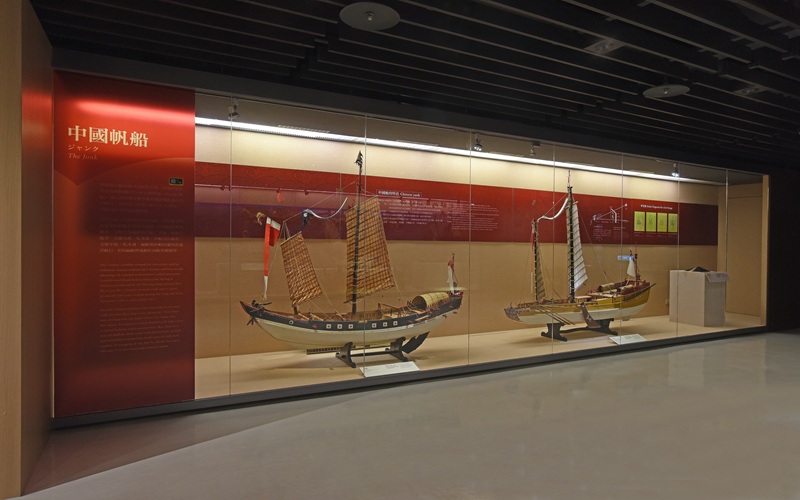
Taiwanese Ships
Taiwan is surrounded by seas where residents live near the coastal line rely heavily on fishing for sustenance. Thus, there are various kinds of fishing boats in Taiwan.
The mullet fishing boat has a motor and the scale of its model in Evergreen Maritime Museum is 1:15. All the devices on the boat including the hull, anchors, fishing nets, radar equipment and figurines fishing represent the real details of a Taiwanese mullet boat.
The spearfishing boats that operate off the east coast of Taiwan are based on traditional Japanese design. After locating marlin swimming close to the surface, the captain will stand on the prow of the vessel and raise a three-pronged spear in readiness, throwing it when the fish swims within range.
To introduce visitors to this fast disappearing technique, the Evergreen Maritime Museum is holding an exhibition of models of Taiwanese fishing boats.
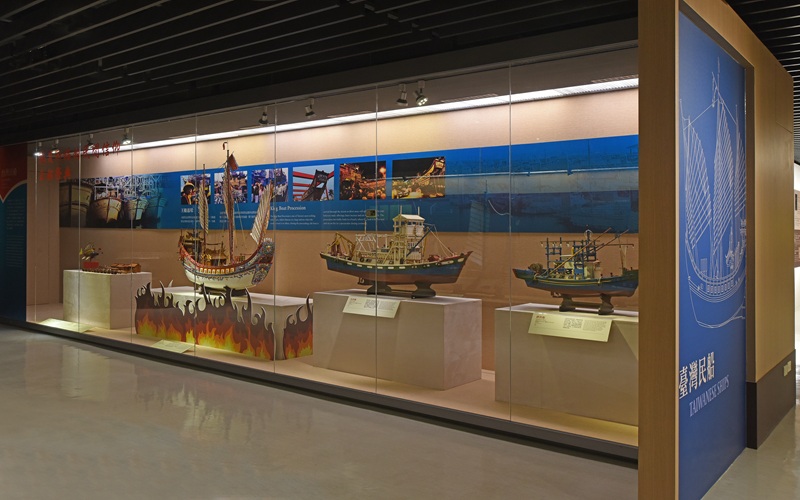
Recommended
 Captain James Cook’s Voyages to the Pacific
Captain James Cook’s Voyages to the Pacific Swedish Warship Vasa
Swedish Warship Vasa When the West Met the East, International Trade and The Netherlands in 17th Century
When the West Met the East, International Trade and The Netherlands in 17th Century Mullet boat
Mullet boat Spearfishing Boats
Spearfishing Boats SS Great Eastern
SS Great Eastern The Witch of The Sea: Cutty Sark
The Witch of The Sea: Cutty Sark USS Constitution Celebrates 228 Years Afloat
USS Constitution Celebrates 228 Years Afloat The Flying Cloud : A Clipper that Held The World Speed Record For 135 Years
The Flying Cloud : A Clipper that Held The World Speed Record For 135 Years The Nuremberg Globe
The Nuremberg Globe Galleys: Warships of the Ancient Mediterranean
Galleys: Warships of the Ancient Mediterranean Louis XIV's Flagship: Le Soleil Royal
Louis XIV's Flagship: Le Soleil Royal An Ancient Egyptian Trading Ship
An Ancient Egyptian Trading Ship

